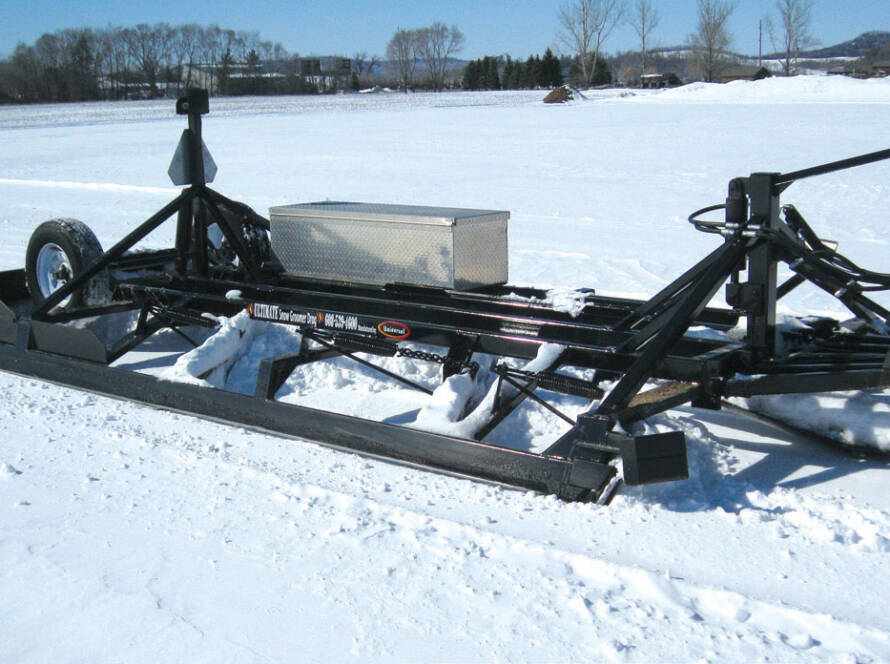By Scott Mullens, Equip Inc.
Between high elevation UV light, extreme temperature fluctuations and normal wear and tear caused by ongoing use, equipment and amenities at ski resorts can take a beating. Replacement is a constant for many resorts and the cost to replace heavy equipment including groomers, lift chairs, snowmaking equipment and other capital-intensive machinery can be a sizeable expense.
With a robust secondary market for used equipment sold through sites such as Resort Boneyard and Ski Resort Equipment, the ability to sell used equipment in top condition can make a big difference in the eventual resale value of those items.
In addition to heavy equipment, there are a multitude of on-mountain amenities that are exposed to the elements including custom firepits, outdoor patio furniture, upright patio heaters, barbecue and picnic equipment, tool stations and electronic ticketing kiosks.
One way resorts can protect these and other items from premature wear and tear is to cover equipment investments when not in use. Whether it’s after hours or off-season when items are being stored, utilizing protective covers can be a great way to prolong the functional lifespan of equipment and increase the potential resale value when it comes time to resell or trade-in.
It is important to know that not all covers are the same and having properly made covers that incorporate materials appropriate to the environment and application can make a big difference. For example, standard tarps such as those found at hardware stores are an inexpensive option. However, there is a downside: tarp material typically does not breathe. This can lead to condensation build-up beneath the covers which, over time, can cause damage to equipment including rust, damage to paint and other surface finishes, warping of wood furniture as well as mold and mildew build-up.
For protecting outdoor equipment at resorts and ski areas, it’s typically best to use covers that are comprised of fabrics that are not only durable, but also UV-resistant, fade resistant, mold/mildew resistant and breathable. In addition, custom covers can be designed to fit specific equipment correctly, and can be fabricated to include zippers along the side seam, making them easier to install and remove; tie down loops, which allow the covers to be secured to equipment; and even sewn-in security cables to allow staff to further secure the cover to equipment to deter potential theft or vandalism, and also ensures the cover stays in place during extreme weather conditions.
Not only are custom covers relevant for outdoor applications, they can be used to help protect and secure indoor equipment such as: retail merchandise display units, concessions kiosks and portable drink stands. They can also serve as protection from dust and debris for temporary or seasonal fixtures when in storage.
While indoor coverings may not need to be UV, mold or mildew resistant, they may need to be lockable and easy to compact and store during hours of operation depending on their application and location. Of course, fit and finish are key, especially if the covers will be utilized in areas visible to guests. Fitted covers can be customized with silkscreened logos and custom color schemes to fit with décor and branding. Additionally, covers are available in different fabric options that are suitable for a variety of uses.
Whether protecting outdoor equipment and amenities from the long-term effects of UV light and the elements, or securing indoor equipment and amenities from theft, dust and debris, custom fitted covers can prolong the functional lifespan of equipment, keep it in top condition and help increase its eventual resale value.

![[image placeholder]](https://www.snowopsmag.com/wp-content/uploads/2023/09/placeholder@2x-890x664.png)